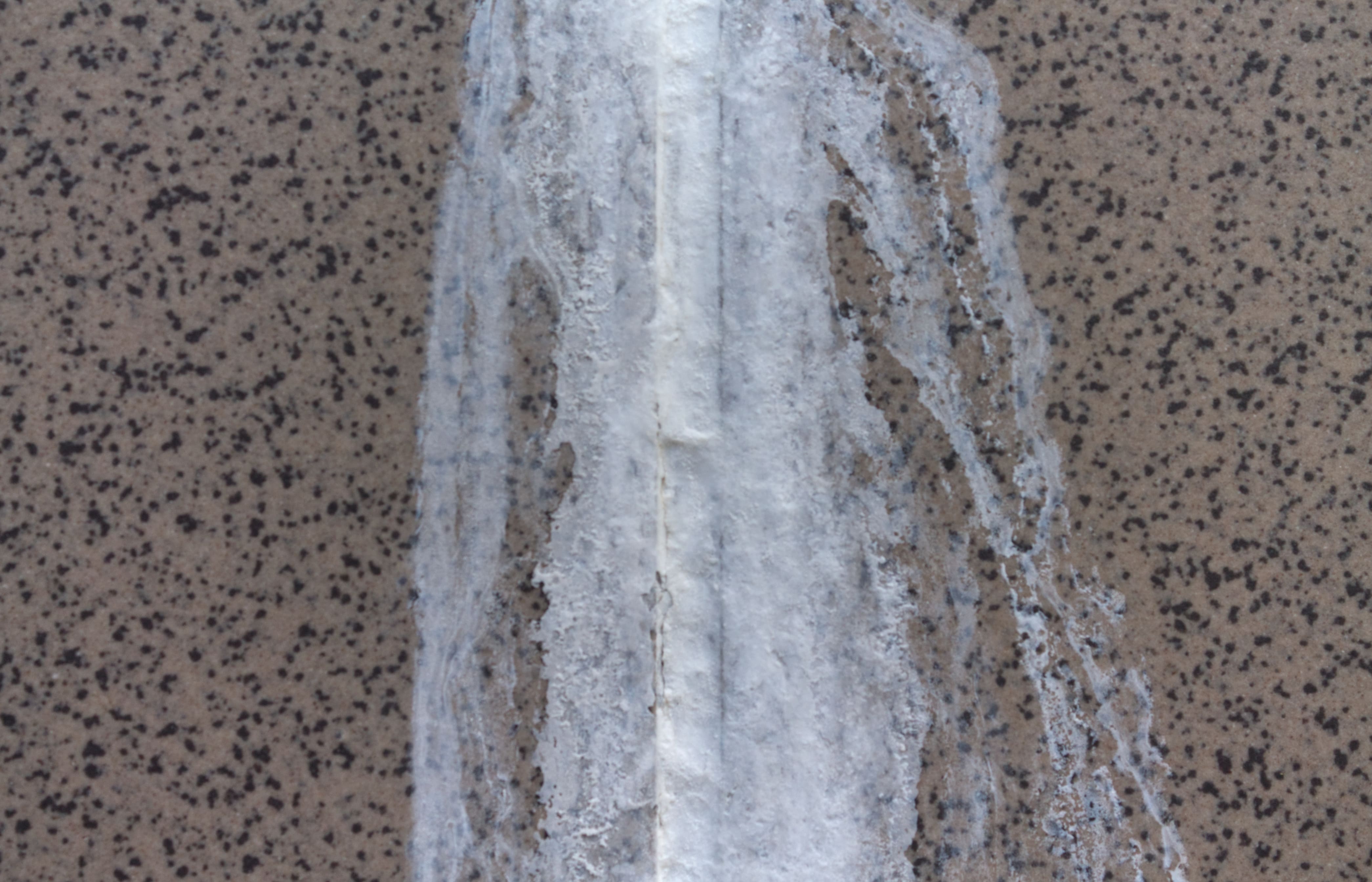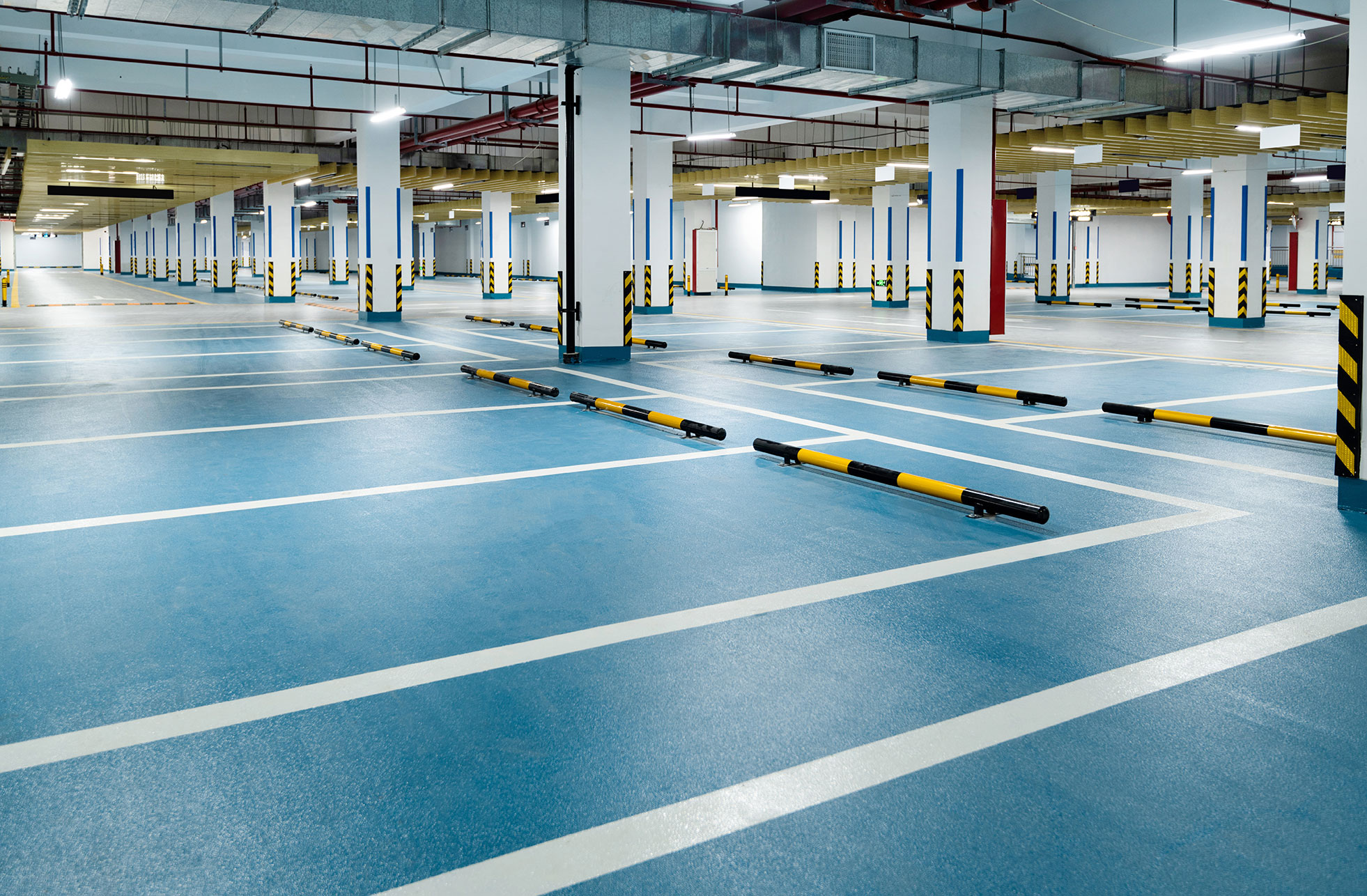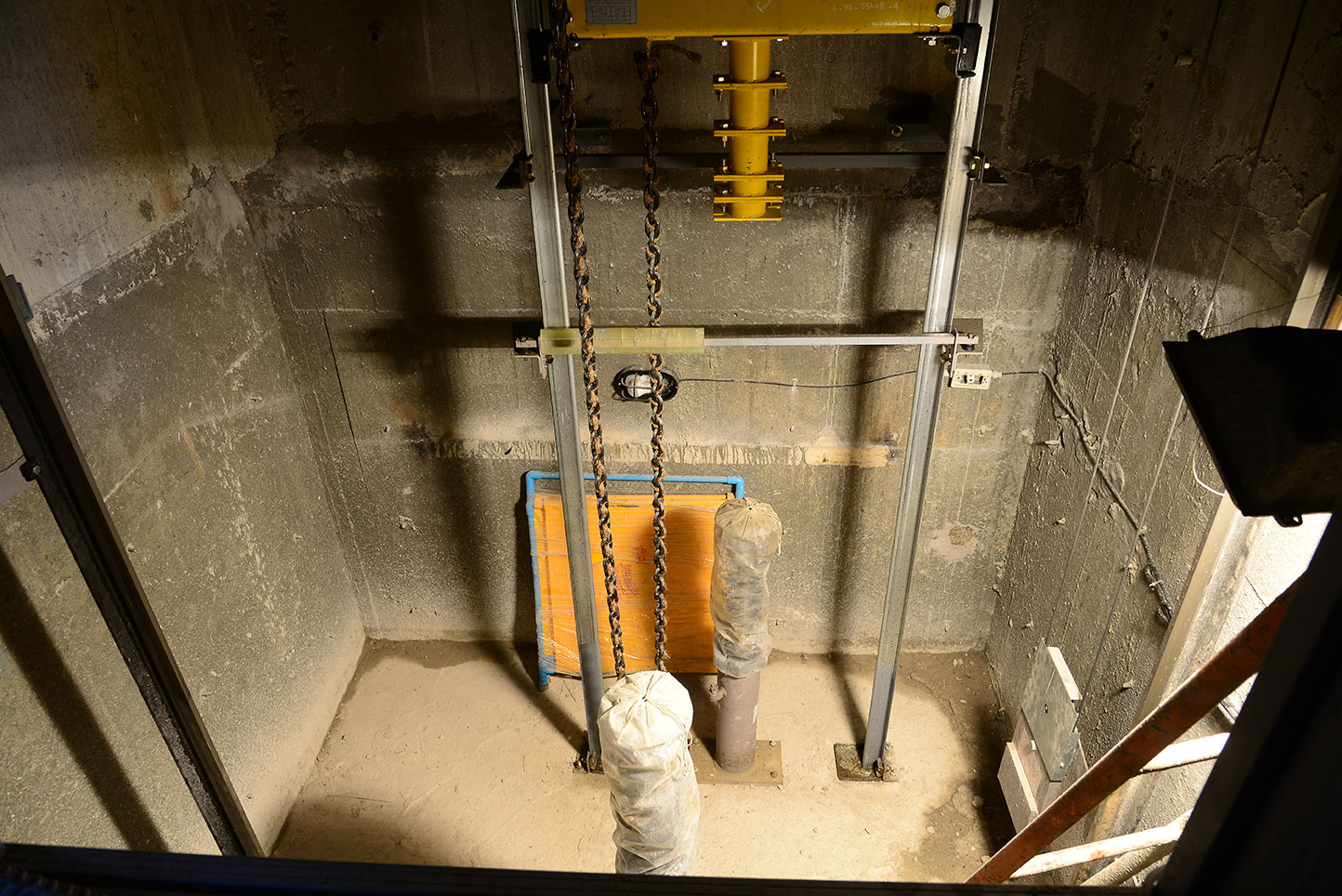
Preventing Efflorescence in Tile Grouts
ARDEX ENDURA
09 Oct 2025
03 Min
What is Efflorescence in Tile Grouts?
Efflorescence is the white, powdery deposit that you’ll often spot on tile grout lines or sometimes, even across tile surfaces. It forms when water dissolves salts inside the installation and carries them to the surface. Once the water evaporates, salts remain visible as a chalk-like film.
This usually shows up in grouts or areas with high moisture exposure, including bathrooms, balconies, kitchens and swimming pools. While it might begin as just a cosmetic annoyance, efflorescence can actually lead to permanent staining. Even worse, it can lead to surface deterioration if ignored.
Nevertheless, in some cases, the deposits don’t just stay on the surface. If neglected for long periods, salts may continue migrating. This leads to deeper discolouration and even damage to adhesives underneath.
What Causes Efflorescence?
Efflorescence needs both moisture movement and soluble salts to flourish. When water seeps through epoxy grout or the substrate, it dissolves salts found in cement, sand, or in unclean water. These salts further migrate to the surface and crystallise as the water evaporates.
The common causes include:
- Water travelling through the tile grout or base
- Presence of soluble salts in materials
- Poor waterproofing or drainage design
- Excess water used during cement
In short, wherever water moves freely inside the tile system, efflorescence is most likely to appear. Even construction practices like rushing through curing or ignoring substrate drying times can cause efflorescence.
Moreover, water under pressure, such as in swimming pools or terraces, makes the salts migrate faster. It ultimately leaves patches that can be really stubborn to clean.
Why It Matters?
Efflorescence is more than just a surface issue because it:
- Spoils the clean finish of a tile installation.
- Reduces durability, as it points to moisture travelling through grout and adhesive.
- Signals hidden water problems, which can become rather costly to fix later.
- Can encourage mould or mildew growth, creating hygiene risks in damp areas
For property owners, costs can go beyond repairs as efflorescence can lower the appeal of new installations by making them look aged before their time.
In commercial areas like hotels or spas, this directly affects customer perception, leading to frequent maintenance.
How to Prevent Efflorescence?
Preventing efflorescence during the installation process can prove to be the best strategy. Hence, you must ensure you:
- Choose polymer-modified, low-porosity grouts.
- Apply waterproofing systems before tiling in wet areas.
- Use the right water-cement ratio when mixing tile grout.
- Allow substrates to dry and cure fully before grouting.
- Always mix with clean, potable water.
These practices stop water from carrying salts through the grouts. Another great preventive habit is to test moisture levels in substrates before beginning work.
Moisture metres help installers decide whether the base is ready, reducing surprises later. Additionally, care during cleaning, such as avoiding excess water, also plays a huge role.
Preventing Efflorescence with Ardex Endura
Cement polymer grout and its combination with GT1
A high-performance, water-resistant cement-based grout, Cement Polymer Grout is suitable for walls and floors, both indoors and outdoors.
When combined witha polymer additive like Admix GT 1, it gains extra flexibility. Adding to the mix, it offers lower porosity and improved water resistance. This combination makes tile grout joints stronger and much less prone to efflorescence.
Epoxy Grout
Ardex Endura’s 100% solid Epoxy Grout is a three-component, stain-free grout. It’s made of epoxy resin and hardener. Hence, it is chemical-resistant, non-absorbent, and easy to clean. It also exceeds EN 13888 certification requirements.
Its non-porous structure eliminates water absorption, which means salts cannot migrate to the surface. This makes it ideal for swimming pools, bathrooms, kitchens and other wet or submerged areas.
Admix Gt 1
Admix GT 1 is Ardex Endura’s polymer additive for cement-based grout. It increases flexibility, improves water resistance, and enhances abrasion strength.
Furthermore, by reducing porosity, it effectively blocks the water pathways that cause efflorescence. This makes grout joints more durable in wet and submerged conditions.
Post-Installation Tips
Even with the right products, maintenance plays a key role in keeping grout clean:
- Remove grout haze quickly after installation, using minimal water.
- Avoid acid-based cleaners, as they can damage grout and tiles.
- Keep wet areas ventilated to reduce trapped moisture.
- Stick to pH-neutral cleaners for routine cleaning.
Homeowners often confuse efflorescence with mould. But unlike biological growth, efflorescence feels dry and brushes off. Only to return if the source of moisture remains.
Conclusion
Efflorescence doesn’t have to ruin your tile installations. By combining correct waterproofing, careful workmanship and the right choice of grout, it can easily be prevented.
Ardex Endura Cement Polymer Grout with Admix GT 1 offers added protection. At the same time, Epoxy Grout gives long-lasting, non-absorbent joints. With these solutions at your disposal, tiled surfaces remain durable, clean, and free from unsightly salt deposits.




